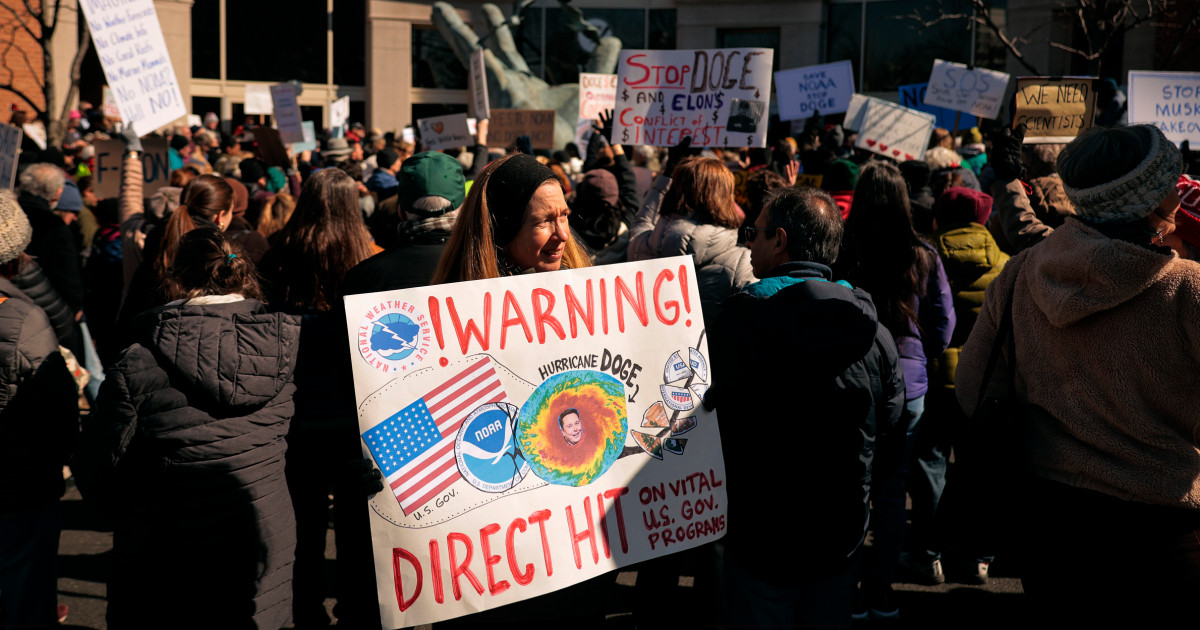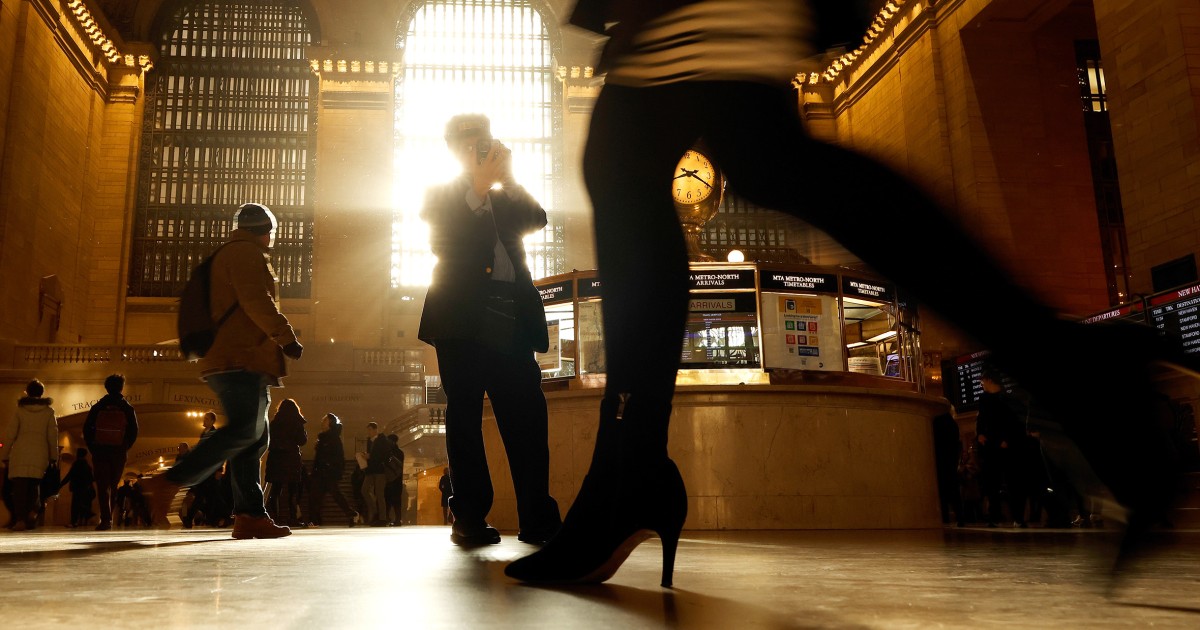As fall sets in and before autumn arrives, Americans will prepare to adjust their clocks for the conclusion of Daylight Saving Time (DST). This year, the transition will take place on November 3, 2024, at 2:00 a.m. local time.
Understanding the transition: “Falling back”
At 2:00 a.m. on November 3, clocks across most of the United States will “fall back,” meaning they will revert to 1:00 a.m. This change allows people to gain an extra hour of sleep, a welcome benefit as days shorten and mornings become chillier. The time shift also results in extended daylight in the mornings, providing brighter conditions during early hours.
A brief history of Daylight Saving Time
Daylight Saving Time was introduced to optimize daylight usage during the longer summer days. In the United States, DST begins on the second Sunday in March and concludes on the first Sunday in November. The practice originated during World War I and was later reintroduced in World War II to conserve energy. It has continued to be observed in many parts of the country ever since.
Upcoming Changes: What to expect on November 3
On November 3, as the clock strikes 2:00 a.m., it’s important for individuals to remember to manually adjust any clocks that do not automatically update, such as wall clocks, microwaves, and traditional alarm clocks. While most digital devices, like smartphones, typically reset automatically, analog clocks will require manual adjustments.
Key features of Daylight Saving Time changes
Second Sunday in March (Start of Daylight Saving Time)
Date: The second Sunday in March marks the beginning of DST.
Time Change: Clocks are set forward by one hour at 2:00 a.m., moving to 3:00 a.m.
Impact: This change results in longer daylight hours during the evening, allowing for more outdoor activities and social events after work or school.
Sleep Adjustment: Many people experience a temporary disruption in their sleep schedules due to the loss of one hour of sleep.
November 3 (End of Daylight Saving Time)
Date: November 3, 2024, is the scheduled date for the end of Daylight Saving Time this year.
Time Change: Clocks will be set back by one hour at 2:00 a.m., reverting to 1:00 a.m.
Impact: This transition leads to earlier sunset times, resulting in darker evenings. However, it allows many individuals to enjoy an extra hour of sleep.
Sleep Benefits: The adjustment can be advantageous for those who appreciate the additional hour of rest, especially with the winter months approaching and daylight hours shortening.
Preparation for Winter: The end of DST marks a transition into the winter months, with shorter daylight hours impacting daily routines and activities.
States that do not observe Daylight Saving Time
It’s essential to note that not all states participate in Daylight Saving Time. For instance, Hawaii and most of Arizona do not observe this time change. In Arizona, the decision is influenced by the state’s hot climate, allowing residents to avoid adjusting their clocks and thus sidestepping the intense heat of late summer evenings.
What lies ahead for Daylight Saving Time
There have been ongoing discussions about the future of Daylight Saving Time, with various proposals introduced in Congress to make it a permanent fixture. Advocates for this change argue that maintaining a single time throughout the year would eliminate the need for clock changes, potentially reducing confusion and safety issues associated with the time shift.
Whether you welcome the extra hour of sleep or feel apprehensive about the impending darkness of winter evenings, the conclusion of Daylight Saving Time remains a well-established ritual, signifying the transition into the winter months.
Catch all the Business News , Breaking News Events and Latest News Updates on Live Mint. Download The Mint News App to get Daily Market Updates.
MoreLess








